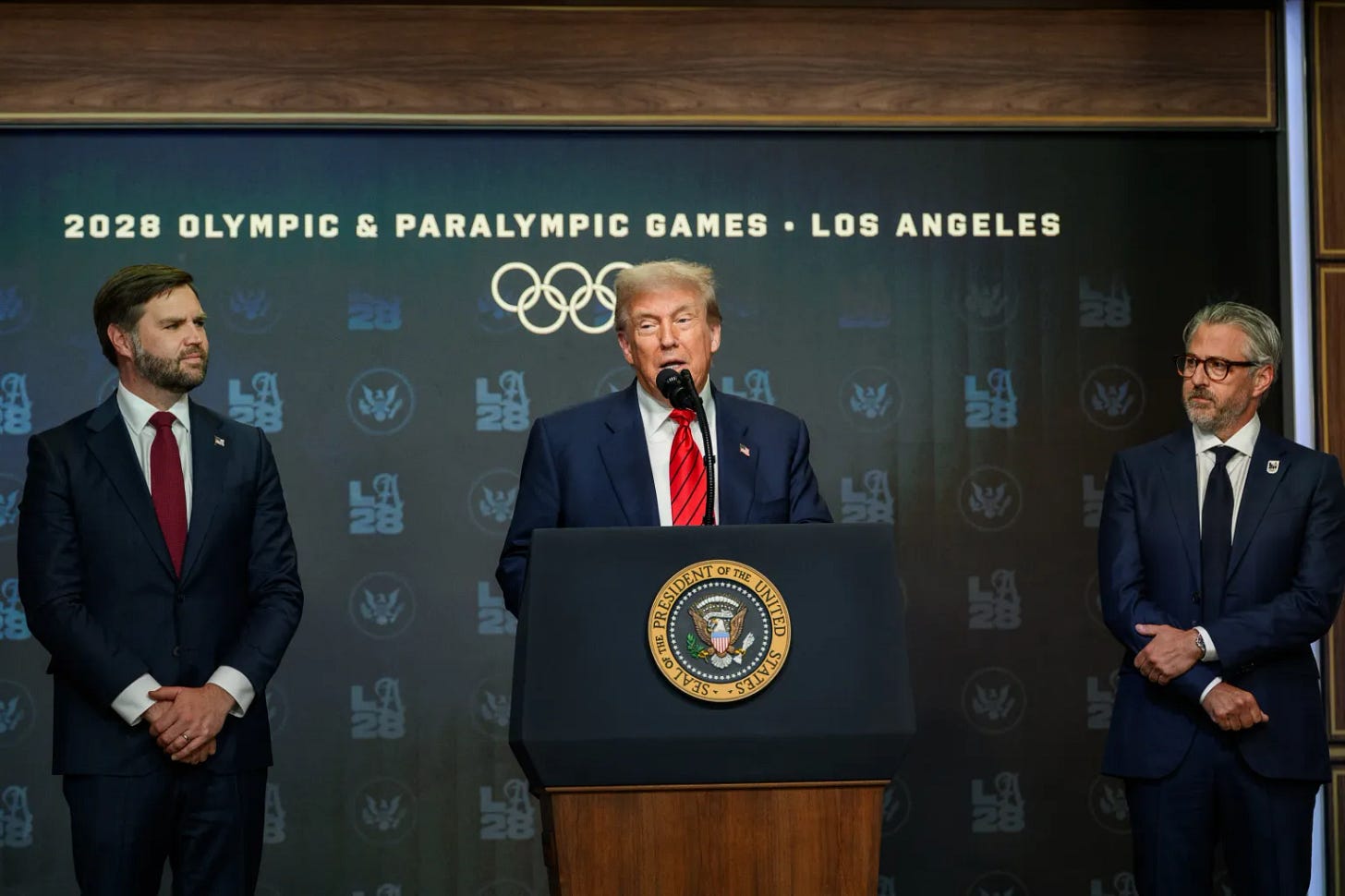The United States government acquired a 10 percent ownership stake in Intel Corp. on Friday through an $8.9 billion investment, marking President Donald Trump's most extraordinary intervention in corporate America since taking office. The unprecedented deal converts existing CHIPS Act funding into equity, giving the federal government nearly 434 million shares of the struggling semiconductor giant at $20.47 per share while requiring no additional government appropriations.
From CEO Dismissal Demand to Billion-Dollar Partnership
The stunning reversal comes just two weeks after Trump publicly called for the resignation of Intel CEO Lip-Bu Tan over alleged ties to Chinese companies. During their White House meeting on August 11, Trump transformed his criticism into an unexpected business proposition.
"I said, I think you should give us 10 percent of your company," Trump recounted to reporters in the Oval Office on Friday. "And they said yes".
According to Trump's account, Tan "walked in to keep his job" but "ended up giving us $10 billion for the United States". The president characterized the outcome as beneficial for both parties, stating that Tan had negotiated a deal that was "fair to Intel and fair to the American People".
Converting Aid to Ownership
The government's $8.9 billion investment utilizes $5.7 billion from previously allocated but undisbursed CHIPS Act grants, combined with $3.2 billion from the Department of Defense's Secure Enclave program. This structure means taxpayers provided no new funding for the equity purchase.
Intel's stock price closed Friday at $24.80, making the government's $20.47 per-share purchase price a discount of approximately 17 percent. The shares represent 9.9 percent of Intel's total equity, valued at roughly $11 billion at current market prices.
"The United States paid nothing for these Shares, and the Shares are now valued at approximately $11 Billion," Trump announced on Truth Social. "This is a great Deal for America, and also, a great Deal for INTEL".
Passive Investment with Strategic Implications
Despite the significant stake, the agreement grants the U.S. government no board representation or governance rights at Intel. The company emphasized that the government will hold "passive ownership" with no operational control.
However, the deal includes a notable provision: the government receives a warrant to purchase an additional 5 percent stake if Intel ever ceases to be the majority owner of its foundry operations. This safeguard protects U.S. interests in domestic semiconductor manufacturing capabilities.
Commerce Secretary Howard Lutnick framed the investment as essential for maintaining America's technological edge. "The United States of America now owns 10% of Intel, one of our most important American technology companies," Lutnick posted on X.
Intel's Desperate Need for Lifeline
The government investment provides crucial support for Intel, which reported its first annual loss since 1986 last year, with deficits reaching $18.8 billion in 2024. The company has struggled to compete in the artificial intelligence boom, falling behind rivals like Nvidia and Taiwan Semiconductor Manufacturing Company.
CEO Tan, who assumed leadership in March, faces the monumental task of revitalizing Intel's unprofitable foundry operations and attracting customers to new manufacturing facilities. The company's last year of positive adjusted free cash flow was 2021.
"As the only semiconductor company that conducts cutting-edge logic R&D and manufacturing in the U.S., Intel is deeply committed to ensuring that the world's most advanced technologies are American made," Tan stated in the company's press release.
Market Response and Industry Context
Intel shares surged approximately 7 percent on Friday following Trump's announcement, though they remained relatively stable in after-hours trading. The positive market reaction reflects investor confidence that government backing could help stabilize the chipmaker's precarious financial position.
The deal follows a $2 billion investment from SoftBank Group announced earlier, representing about 2 percent of Intel's equity. These investments underscore the critical importance of maintaining American semiconductor capabilities amid intensifying competition with China.
Unprecedented Government Intervention
The Intel stake represents the most significant federal intervention in a U.S. corporation since the 2008-2009 financial crisis auto industry bailouts. Unlike those emergency measures during economic turmoil, this action occurs during relatively stable economic conditions as part of Trump's broader industrial policy agenda.
Trump indicated Friday that similar deals with other companies could follow. "I want to do deals like this," he told reporters, suggesting the Intel arrangement could become a template for government-private sector partnerships in critical industries.
A 2003 Congressional study warned that federal equity stakes in public companies would "not provide a free lunch" and expose taxpayers to "greater risk" while offering potential upside. However, Trump administration officials argue that protecting strategic industries justifies the unconventional approach.
A New Model for Industrial Policy
The Intel deal signals a fundamental shift in U.S. industrial policy, with the government taking direct ownership stakes in private companies deemed essential to national security. This approach diverges from traditional subsidy models, potentially providing taxpayers with returns if supported companies succeed.
As Trump explores additional equity partnerships, the Intel arrangement will serve as a crucial test case for whether government ownership can successfully revive struggling American manufacturers while maintaining competitiveness in global markets. The outcome could reshape the relationship between Washington and corporate America for years to come.



